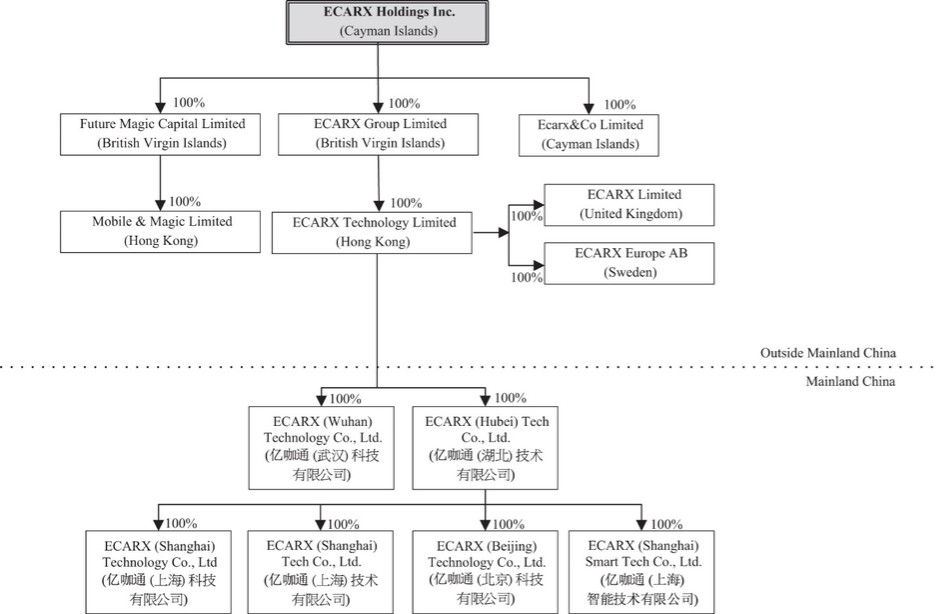We generally comply with industry standards and are subject to the terms of our own privacy policies. We have incurred, and will continue to incur, significant expenses in an effort to comply with privacy, data protection and information security standards and protocols imposed by laws, regulations, industry standards, or contractual obligations. Changes in existing laws or regulations or adoption of new laws and regulations relating to privacy, data protection and information security, particularly any new or amended laws or regulations that require enhanced protection for certain types of data or new obligations with regard to data retention, transfer or disclosure, could greatly increase our cost in providing our service offerings, require significant changes to our operations or even prevent us from providing certain service offerings in jurisdictions in which we currently operate or in which we may operate in the future. Compliance with these laws and regulations could cause us to incur substantial costs, and may place restrictions on the conduct of our business and the manner in which we interact with our users or require us to change our business practices, including our data practices, in a manner adverse to our business. Despite our efforts to comply with applicable laws, regulations and other obligations relating to cybersecurity, privacy, data protection and information security, it is possible that our practices, offerings, services or platform could fail to meet all of the requirements imposed on us by such laws, regulations or obligations. We cannot assure you that we are or will be able to comply with such laws and regulations regarding cybersecurity, privacy, data protection and information security in all respects and any failure or perceived failure to comply with the same may result in inquiries or other proceedings being instituted against, or other actions, decisions or sanctions being imposed on us by government authorities, users, consumers or other parties, including warnings, fines, penalties, directions for rectifications, service suspension or removal of our application from application stores, as well as in negative publicity on us and damage to our reputation, any of which could cause us to lose users and business partners and have a material adverse effect on our operations, revenues and profits.
We may be subject to anti-corruption, anti-bribery, anti-money laundering, financial and economic sanctions, and similar laws, and noncompliance with such laws can subject us to administrative, civil, and criminal penalties, collateral consequences, remedial measures, and legal expenses, all of which could adversely affect our business, results of operations, financial condition, and reputation.
We may be subject to anti-corruption, anti-bribery, anti-money laundering, financial and economic sanctions, and similar laws and regulations in various jurisdictions in which we conduct activities, including the U.S. Foreign Corrupt Practices Act, or FCPA, and other anti-corruption laws and regulations. The FCPA prohibits us and our officers, directors, employees, and business partners acting on our behalf, including agents, from corruptly offering, promising, authorizing, or providing anything of value to a “foreign official” for the purposes of influencing official decisions or obtaining or retaining business or otherwise obtaining favorable treatment. The FCPA also requires companies to make and keep books, records, and accounts that accurately reflect transactions and dispositions of assets and to maintain a system of adequate internal accounting controls. A violation of these laws or regulations could adversely affect our business, reputation, financial condition, and results of operations.
We have direct or indirect interactions with officials and employees of government agencies and state-owned affiliated entities in the ordinary course of business. We also have business collaborations with government agencies and state-owned affiliated entities. These interactions subject us to an increasing level of compliance-related concerns. We are in the process of implementing policies and procedures designed to ensure compliance by us and our directors, officers, employees, consultants, agents, and business partners with applicable anti-corruption, anti-bribery, anti-money laundering, financial and economic sanctions, and similar laws and regulations. However, our policies and procedures may not be sufficient and our directors, officers, employees, consultants, agents, and business partners could engage in improper conduct for which we may be held responsible.
Non-compliance with anti-corruption, anti-bribery, anti-money laundering, or financial and economic sanctions laws could subject us to whistleblower complaints, adverse media coverage, investigations, and severe administrative, civil and criminal sanctions, collateral consequences, remedial measures, and legal expenses, all of which could materially and adversely affect our business, reputation, financial condition, and results of operations.
We have limited insurance coverage, which could expose us to significant costs and business disruption.
We have limited liability insurance coverage for our products, services, and business operations. A successful liability claim against us, regardless of whether due to injuries suffered by our users could materially and adversely affect our financial condition, results of operations, and reputation. In addition, we do not have business disruption insurance. Any business disruption event could result in substantial cost to us and diversion of our resources.
